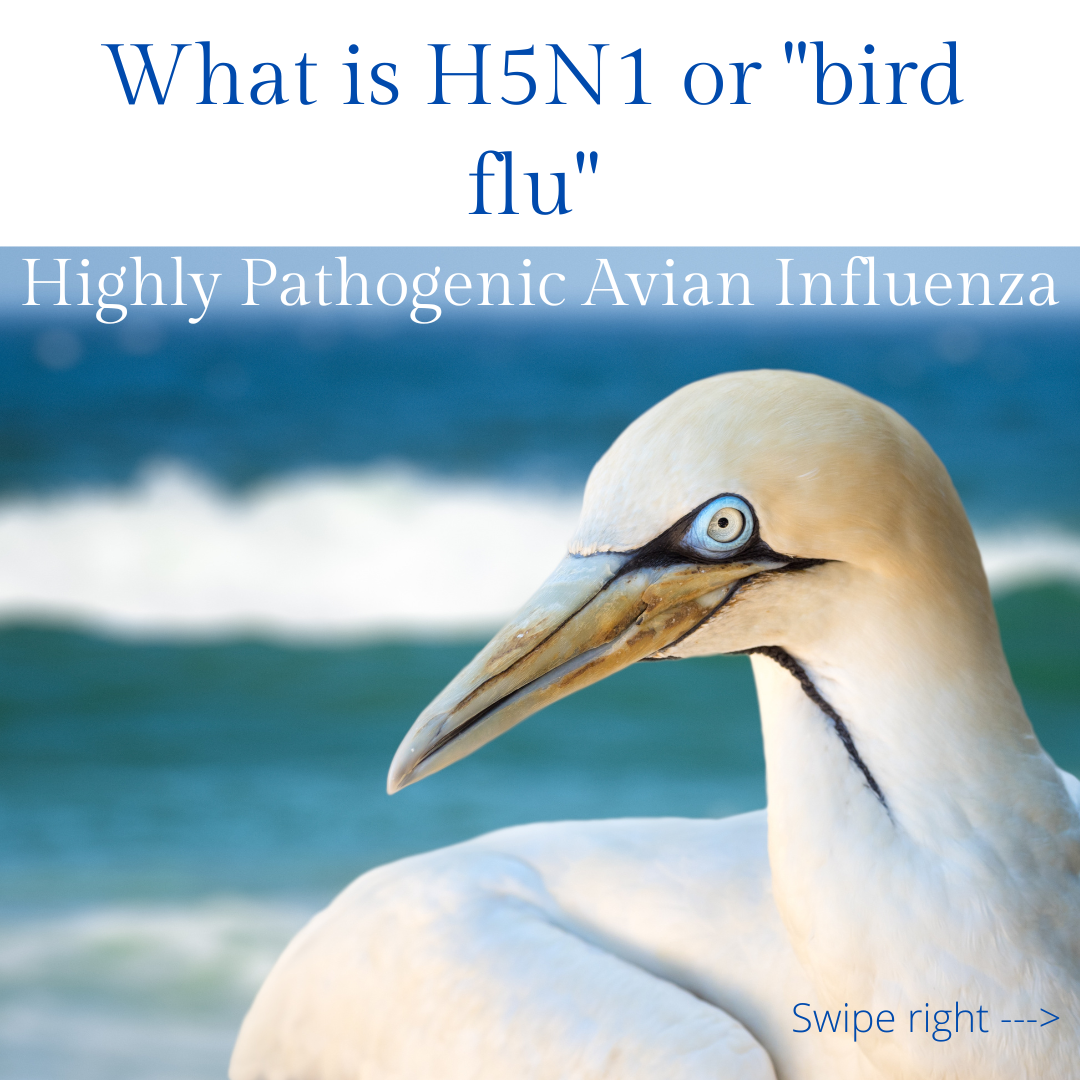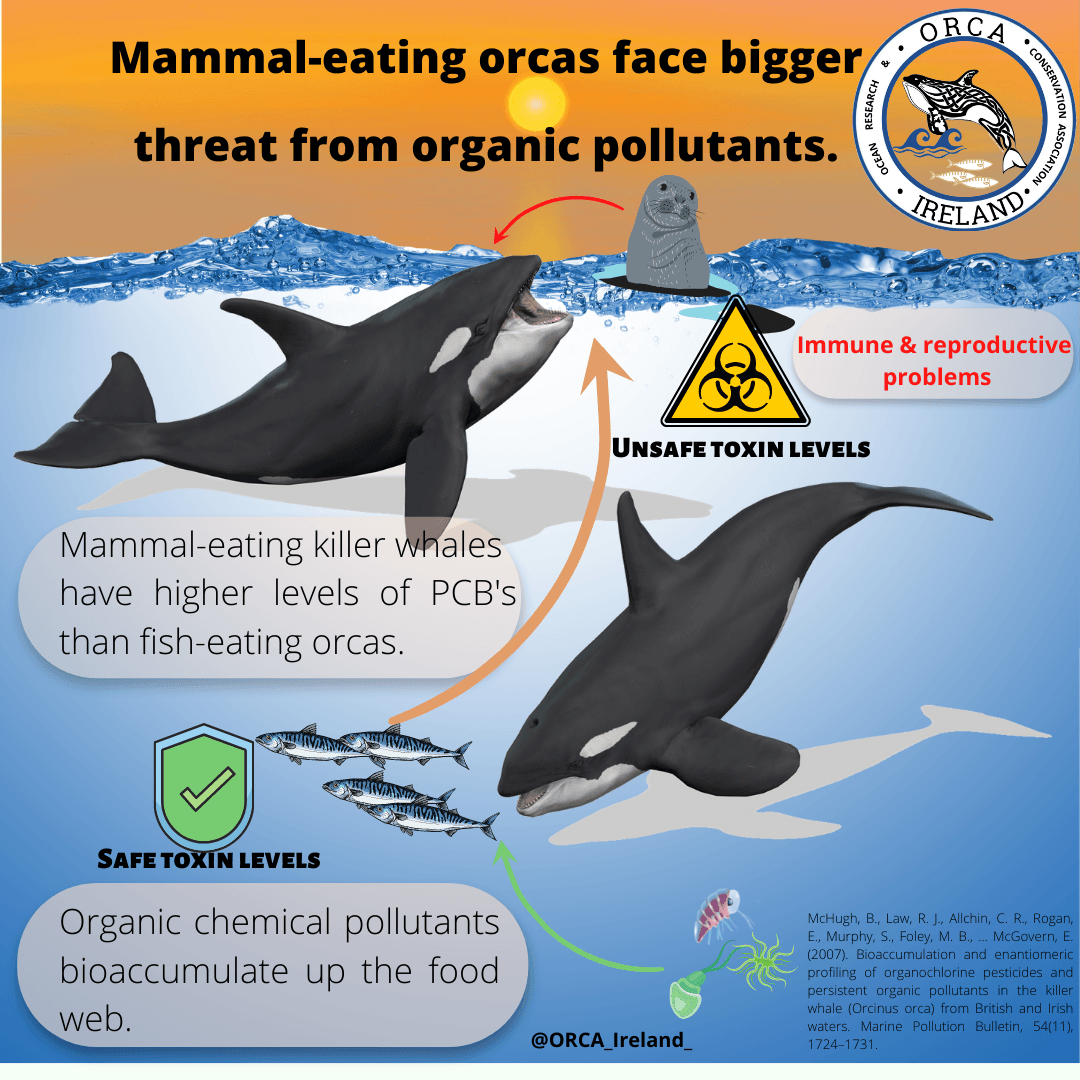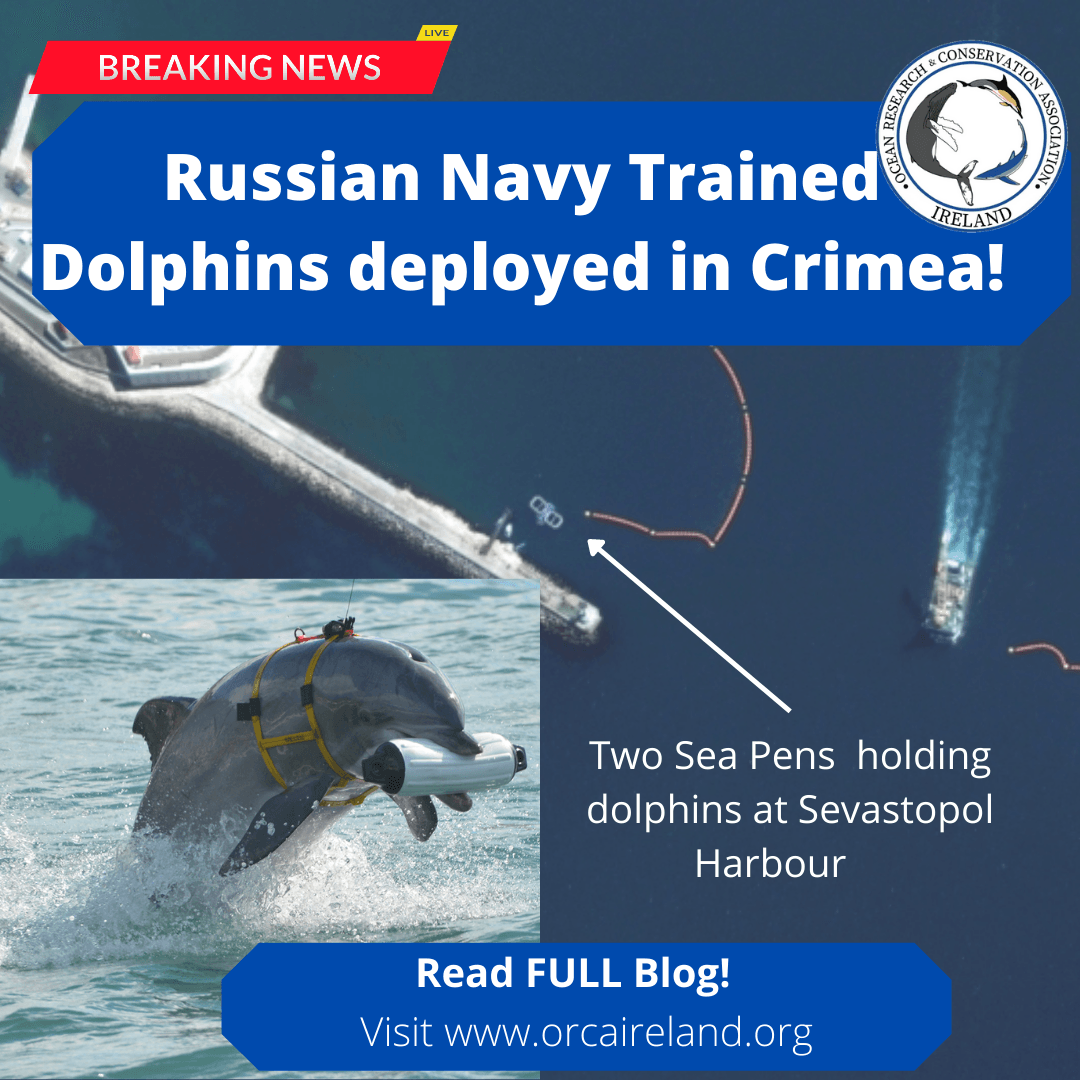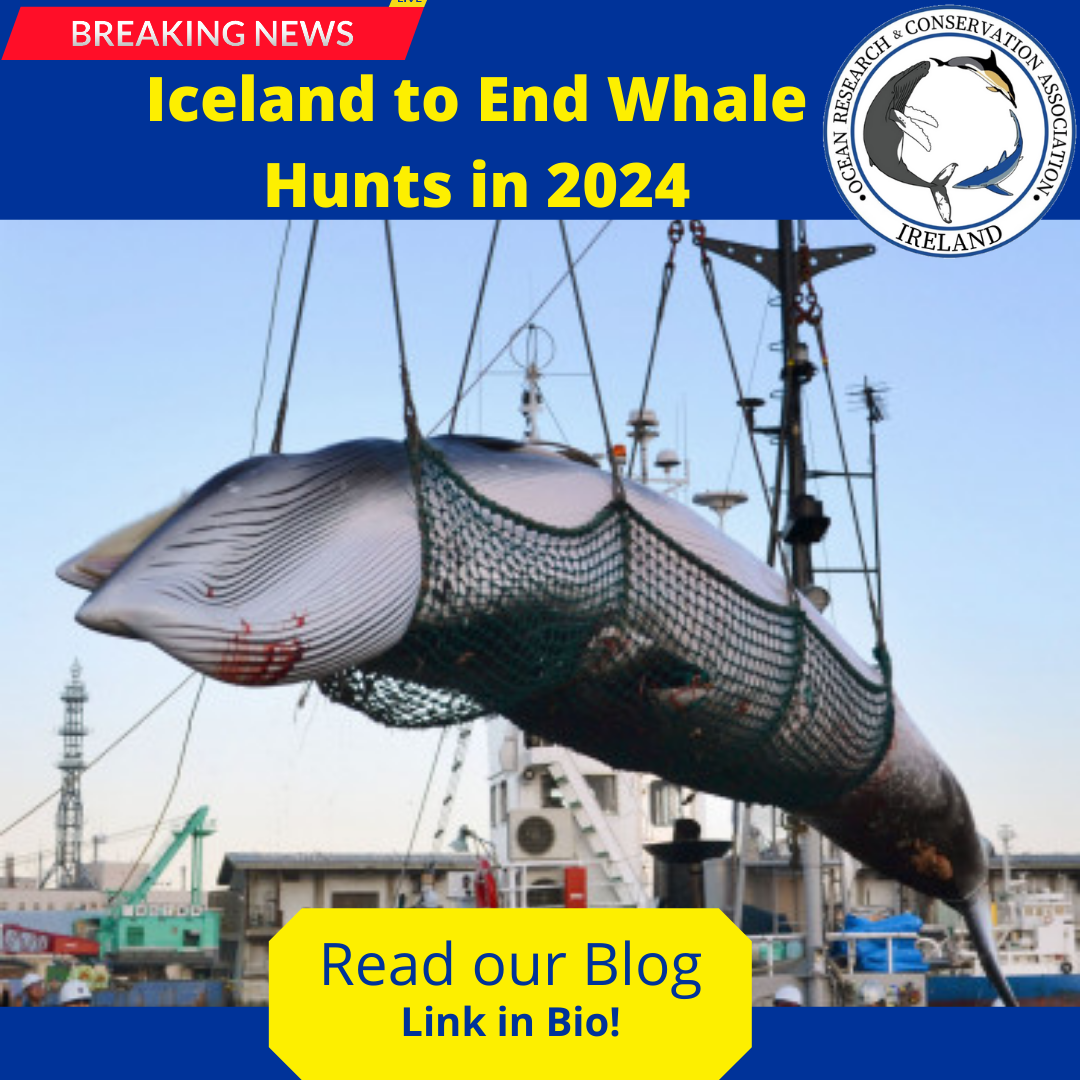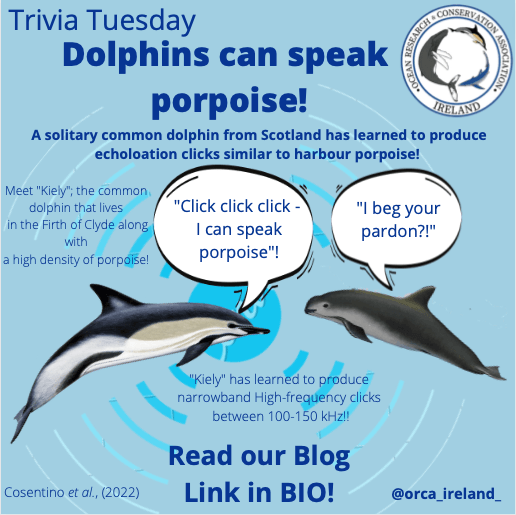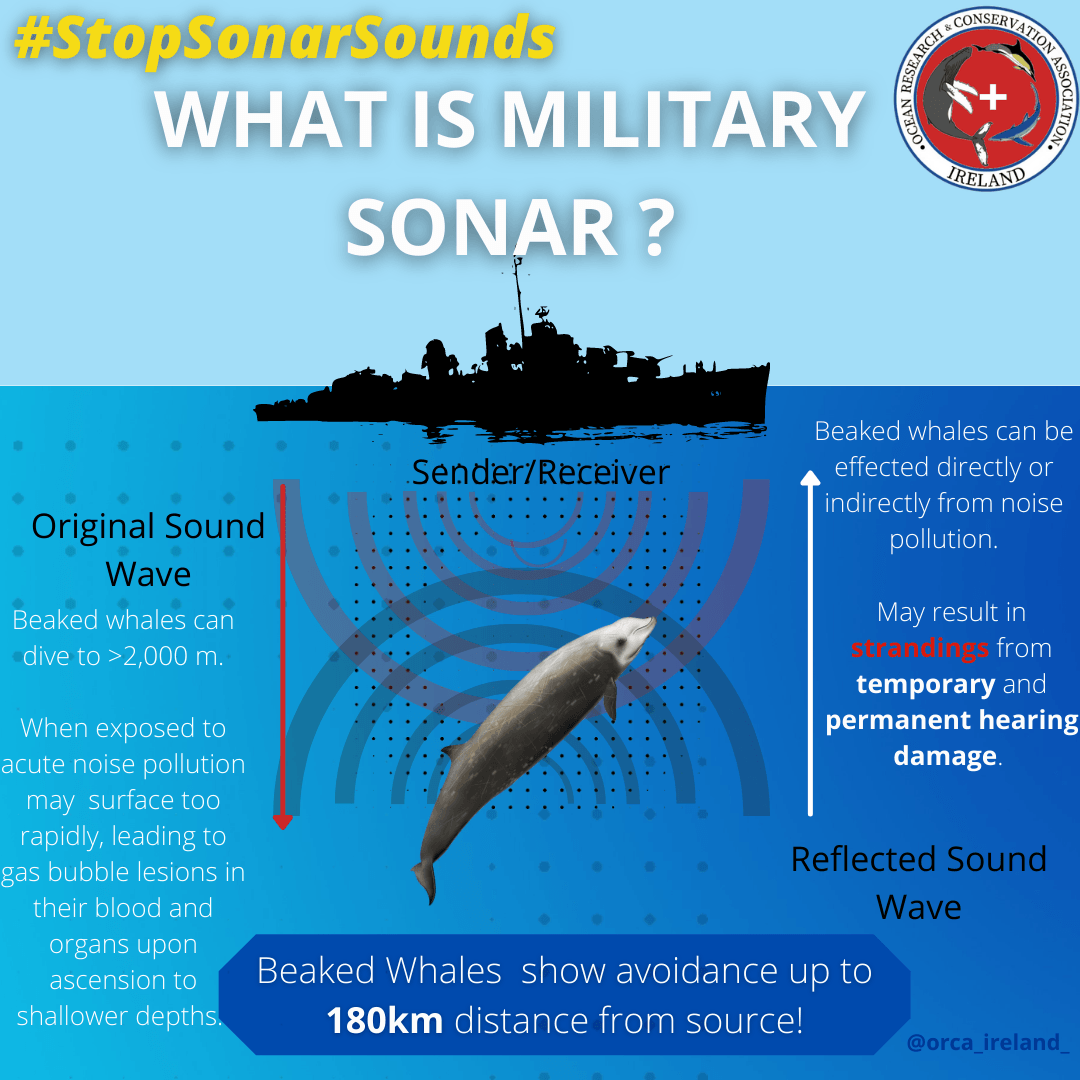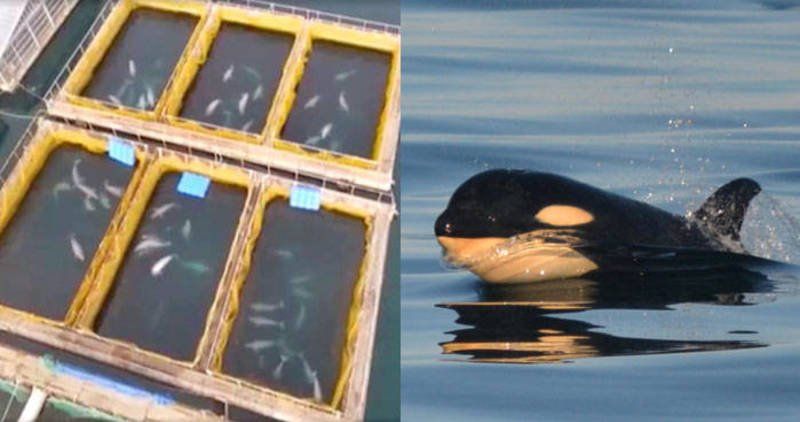The first pregnancy test for humpback whales has been developed!
Humpback whales are cryptic marine mammals with little identifiable signs of pregnancy status. In 2018, researchers from The Centre for Coastal Studies in the Gulf of Maine developed a progesterone-based pregnancy test for humpback whales.
A female Humpback whale with her calf. National Marine Sanctuaries. Source: Wikicommons.
Humpback whales ( Megaptera novaengliae
) are known for their seasonal migrations between low latitude mating and calving grounds and mid-to high latitude foraging grounds, yet essential aspects of their biology and population dynamics which are important for their conservation have managed to elude scientists for decades (Hunt et al.
, 2013).
Similar to most other baleen whale species, detailed scientific knowledge on humpback whale reproduction originated from scientific studies during commercial whaling programs which examined the reproductive tracts of freshly killed humpback whales, where evidence of pregnancy was noted (i.e. the presence of foetus or corpora) (Chittleborough, 1965). Humpback whales, along with most other cetacean species (whales, dolphins and porpoise) appear to be seasonally polyestrous (Robeck et al.
, 2018), in other words, if they are not impregnated, they will come into heat repeatedly during the breeding season.
For humpbacks, oestrus begins while on the breeding grounds and ends when the migration to feeding areas starts (Matthews, 1937). Pregnant female humpbacks are thought to undergo the return migration to breeding grounds late in their gestational term the following winter to give birth after an 11–12-month pregnancy (Chittleborough, 1958).
In January 2019, Lars Bejder, a researcher from the University of Hawaii sighted a humpback whale calf just 20 minutes after its birth off the coast of Maui after 25 years of studying humpback whales.
Between the age of 4 and 5 years, female humpbacks reach sexual maturity and have an average inter-calf interval of 2.3 years (Chittleborough, 1965; Clapham & Mayo, 1990). Since the moratorium on commercial whaling in the 1980s, information on humpback whale reproduction has been collected primarily from long-term studies of individual females and their calving histories (Bejder et al., 2019).
Long-term monitoring projects provide valuable, although limited, data on reproduction as observational data only detects pregnancies that yield surviving offspring. However, knowledge of both pregnancy rates and calving rates can divulge a greater understanding of population health and potential for growth. Data on humpback reproduction can also be gathered from stranded animals, but these events are relatively rare and typically involve deteriorated specimens (Pallin et al. , 2018).
Progesterone, "the hormone of pregnancy", is a lipophilic circulatory sex steroid hormone produced by corpus luteum (CL) and is the primary hormone necessary for the establishment and maintenance of pregnancy (Pineda, 2003). Progesterone which can be reliably quantified from cetacean blubber (Keller et al ., 2006, Trego et al ., 2013), can be obtained from biopsy sampling of live whales (Palsbell et al ., 1991).
Pallin et al. , (2018) used an extensive blubber sample archive and associated calving history data to identify samples that correspond to pregnant females and develop a progesterone-based pregnancy test for humpback whales. They found that the proportion of females that did returned without a calf but had values similar to known-pregnant females were consistent with rates of calf mortality, but other potential explanations were also considered. The findings suggested that a validated blubber endocrine assignment of pregnancy could be used with field life history information, to determine the progesterone values for assigning pregnancy status in humpback whales. This novel method can be applied to existing archives or new samples to better study life history and population demography broadly across cetacean species and populations.
© Ocean Research & Conservation Ireland (ORCireland) and www.orcireland.ie , est. 2017. Unauthorized use and/or duplication of this material without express and written permission from this site’s author and/or owner is strictly prohibited. Excerpts and links may be used, provided that full and clear credit is given to Ocean Research & Conservation Ireland and www.orcireland.ie with appropriate and specific direction to the original content.
References:
Bejder, L., Videsen, S., Hermannsen, L., Simon, M., Hanf, D., & Madsen, P. T. (2019). Low energy expenditure and resting behaviour of humpback whale mother-calf pairs highlights conservation importance of sheltered breeding areas. Scientific Reports , 9(1), 771.
Pallin, L., Jooke, R., Kellar, N., Bérubé, M., Friedlaender, A., (2018) Validation of a blubber-based endocrine pregnancy test for humpback whales, Conservation Physiology , Volume 6, Issue 1, https://doi.org/10.1093/conphys/coy031.
SHARE THIS ARTICLE
